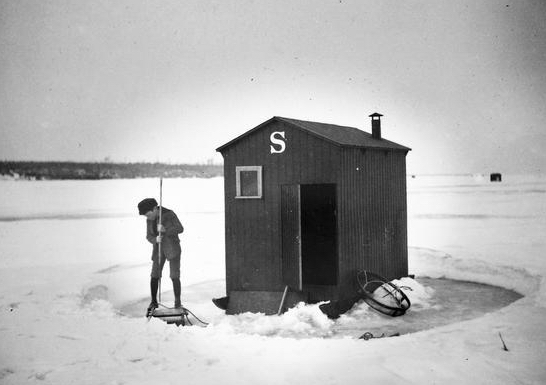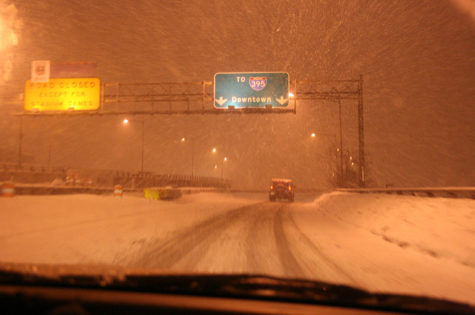 February 12-16, 2018
February 12-16, 2018
The Tesla/SpaceX launch left Rebecca exhilarated—but she knows not everyone felt the same way. Plenty of people didn’t like it because they argue we have enough to deal with here on Earth. Some people were unhappy because they don’t like Elon Musk, who owns the rocket and the car. And some people didn’t like that the car launched on a billionaire’s rocket, painted with a private logo, not a NASA rocket flying the American flag.
What are those sounds that just rush out of you when you’re outside, sounds of joy or pain, of surprise, of delight or simply of the moment? Sarah has some ideas. Sometimes, at the edge of a landscape, at the edge of an abyss, at the razor thin edge between flying and falling—the feelings are so big that the sound just comes out of you. People screamed at the total solar eclipse. They scream at the moon. They scream across canyon bottoms and they scream their grief into the desert.
Craig sees a lot of weird stuff in the sky (and the rest of us are glad that he keeps looking up, and writing about what he sees). I’d never seen anything like it, the light clearly defined as it grew, as if it were a force field, Gaia emerged from her slumber. The light eventually faded and stars moved in like hundreds of bright seeds. I never learned what it was.
The Fall Line: an invisible underground cliff that marks the old eastern edge of the continent. Ann is obsessed with it. Cities grew along the Fall Line, roads connected the cities. It’s all so logical. But why would weather follow the Fall Line? It doesn’t of course — because weather is much more complicated — except when it does.
Rose writes about a psych test with a joke-telling, Sudoku-playing robot—a study with methodology that has haunted her for years. Why do all these experimenters love Sudoku so much? Can’t they find another game for you to play? Can’t computers figure these things out in seconds? Is this robot going to embarrass you? Maybe this is an experiment on how badly people react to being shown up by a robot.
See you next week!
*
Image of DC snowstorm on the interstate: braidedinkwell, via Flickr

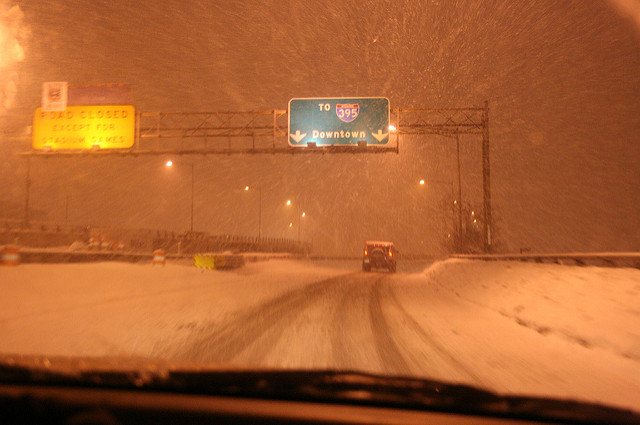
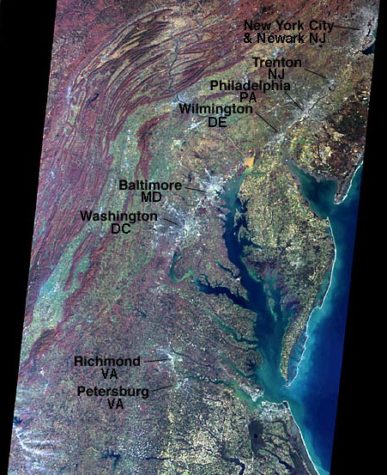
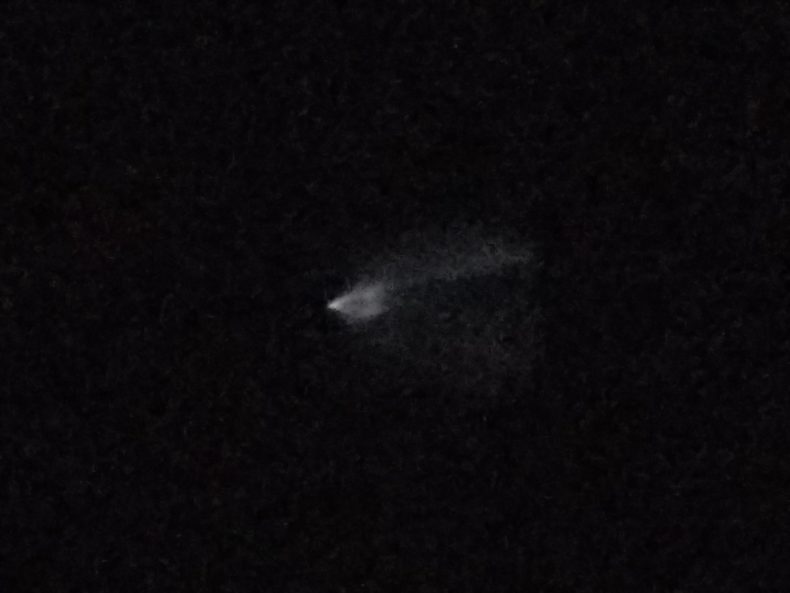
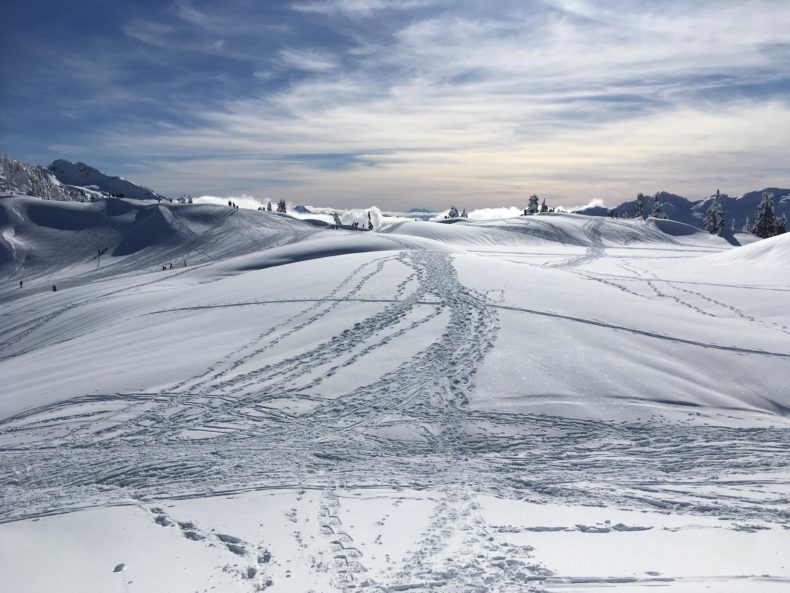 It starts quietly enough. At around 9:30 a.m., I strap snowshoes to my feet and part ways with some friends bound for a backcountry ski. While they skin over a nearby saddle, my dog Taiga and I shuff our way into the stream of snowshoers along the boundary of the Mt, Baker Ski Area, headed for Artist Point. It’s not a long hike, nor an extreme one, but the hordes jostle and slip like drunks. One guy slides on his side in slow motion down the steep hill, parallel to the trail, unsure how to get his snowshoes back under him.
It starts quietly enough. At around 9:30 a.m., I strap snowshoes to my feet and part ways with some friends bound for a backcountry ski. While they skin over a nearby saddle, my dog Taiga and I shuff our way into the stream of snowshoers along the boundary of the Mt, Baker Ski Area, headed for Artist Point. It’s not a long hike, nor an extreme one, but the hordes jostle and slip like drunks. One guy slides on his side in slow motion down the steep hill, parallel to the trail, unsure how to get his snowshoes back under him.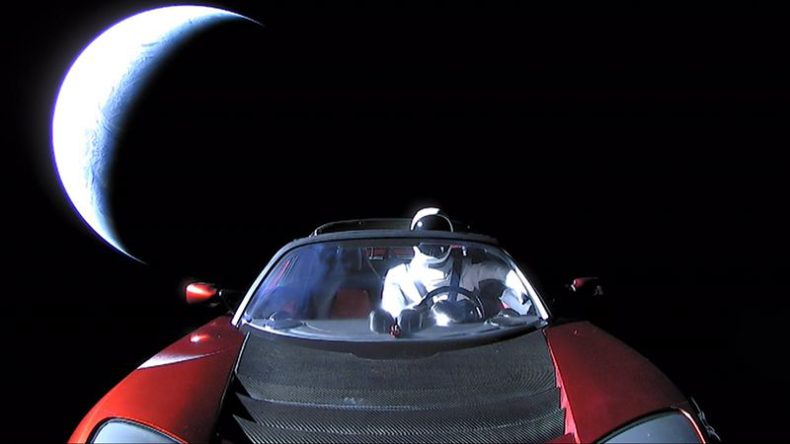
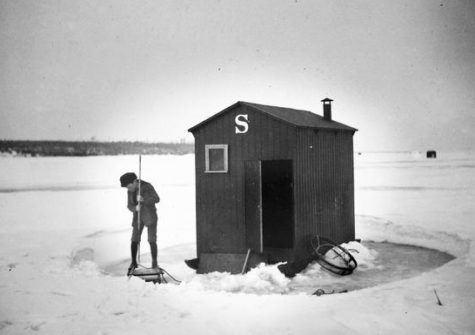 February 5-9, 2018
February 5-9, 2018